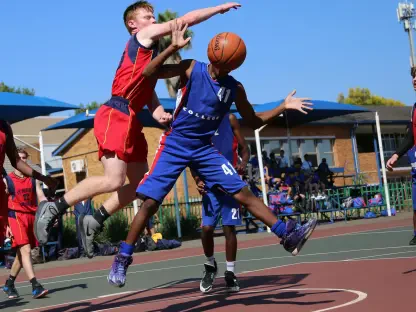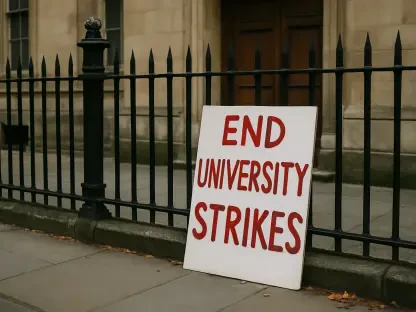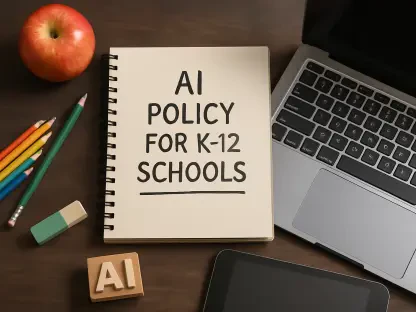As Florida grapples with a significant summer wave of COVID-19 infections, the timing couldn’t be more concerning with the school year kicking off across the state, raising critical questions about whether the situation will deteriorate further. This surge, which has seen case numbers triple in recent months, has public health experts on edge, particularly as children head back to classrooms and college students return to campuses. The potential for increased transmission in these close-knit environments is alarming. In Orange County, one of the hardest-hit areas, recent data underscores the severity, with high viral levels detected in wastewater and substantial case counts reported. The convergence of declining vaccination rates, especially among younger age groups, and the seasonal pattern of viral spikes adds layers of complexity to an already challenging scenario. This growing crisis demands a closer look at the factors driving the surge and the risks that lie ahead as educational institutions reopen their doors to students.
Summer Wave and Seasonal Patterns
Florida has been experiencing a notable uptick in COVID-19 cases during this summer period, aligning with a predictable seasonal trend of smaller surges outside the larger winter peaks. Epidemiologists note that the state often sees two distinct waves each year, and the current increase fits the pattern of a summer spike. This trend is particularly evident in areas like Orange County, which ranks among the highest in case totals across the state. The rapid rise in infections, coupled with data showing heightened viral presence in local wastewater, paints a troubling picture of community spread. Public health officials warn that without adequate protective measures, this wave could gain momentum, especially as social interactions increase. The challenge lies in managing this surge while preparing for potential exacerbating factors, such as the return of students to educational settings where close contact is inevitable.
Beyond the raw numbers, the summer wave reflects broader public health dynamics that have shifted in recent times. A noticeable decline in public concern about the virus, compared to earlier years, has led to reduced vigilance in adopting preventive measures. This shift in attitude is concerning, as the virus continues to pose a significant threat, particularly to vulnerable populations. The tragic toll of recent deaths, predominantly among older adults, serves as a stark reminder of the stakes involved. Experts emphasize that while the general population may feel fatigued by ongoing health alerts, the reality of the virus’s impact remains unchanged. As schools prepare to welcome students back, understanding these seasonal patterns and their implications becomes crucial for anticipating how the situation might evolve in the coming weeks and months.
Vaccination Challenges and Immunity Gaps
One of the most pressing issues contributing to the current COVID-19 surge in Florida is the sharp decline in vaccination rates, especially among children. State data reveals a dramatic drop in the number of children aged 5-11 receiving updated shots or boosters, with figures significantly lower than in previous years. This reduction in immunity leaves a substantial portion of the younger population vulnerable to infection, increasing the likelihood of outbreaks in school settings. The close proximity inherent in classrooms and extracurricular activities creates an ideal environment for transmission, not only among students but also to family members who may be at higher risk. Public health experts stress that addressing this gap in vaccination coverage is essential to curbing the spread and protecting communities as the academic year begins.
Compounding the issue of low vaccination rates are conflicting messages about vaccine accessibility that have emerged recently. Earlier this year, a statement from a federal health official suggested that vaccines would no longer be available for healthy children, raising alarms among parents and caregivers. Although subsequent clarifications confirmed that children could still access vaccines with medical approval, the mixed messaging has created uncertainty and hesitation. This confusion undermines efforts to boost vaccination numbers at a critical time. Epidemiologists urge families, particularly those with high-risk individuals at home, to seek updated boosters now, given the potential for future access challenges. The interplay between reduced immunity and policy inconsistencies highlights a significant barrier to controlling the virus as students return to school environments.
School Reopening Risks and Transmission Concerns
The reopening of schools across Florida introduces a heightened risk of COVID-19 transmission, given the congregate nature of educational settings. With students and staff interacting closely in classrooms, cafeterias, and buses, the potential for rapid spread is a major concern for health officials. Historical data indicates that previous school reopenings have been followed by spikes in cases, though the exact trajectory can vary based on factors like prior infection rates and vaccine coverage. In the current context, with a summer wave already underway, experts predict a high probability of increased infections in the coming weeks. This situation underscores the need for robust strategies to mitigate risks, such as improved ventilation and encouraging mask use where feasible, to safeguard both students and the broader community.
Another layer of concern is the potential for students to unknowingly transmit the virus to vulnerable family members, particularly older adults who face a higher risk of severe outcomes. The recent toll of fatalities among those over 65 in Florida highlights the gravity of this issue. While children may experience milder symptoms, their role as vectors in spreading the virus cannot be overlooked. Public health advocates are calling for renewed focus on protective measures within households, alongside school-based interventions. The unpredictability of how this surge will unfold as schools reopen adds urgency to the need for proactive planning. Balancing the educational needs of students with the imperative to minimize health risks remains a delicate task for administrators and policymakers navigating this complex landscape.
Looking Ahead to Protective Measures
Reflecting on the trajectory of Florida’s recent COVID-19 surge, it became evident that the state faced a formidable challenge as schools welcomed students back. The combination of a summer wave, declining vaccination rates, and the inherent risks of school environments had set the stage for a potentially worsening situation. The data and expert insights from that period pointed to a clear need for heightened awareness and action to prevent further escalation. Communities had to grapple with the reality that the virus, despite waning public attention, remained a persistent threat to health and well-being, especially for the most vulnerable.
Moving forward, actionable steps emerged as critical to addressing the risks that had surfaced. Schools and families were encouraged to prioritize vaccination efforts, particularly for children and high-risk individuals, to bolster immunity. Additionally, implementing practical measures like enhanced sanitation and flexible learning options could have helped reduce transmission in educational settings. Collaboration between public health officials, educators, and parents was deemed essential to navigate the uncertainties ahead. By focusing on these strategies, there was hope that Florida could mitigate the impact of the surge and protect its communities in the long term.









